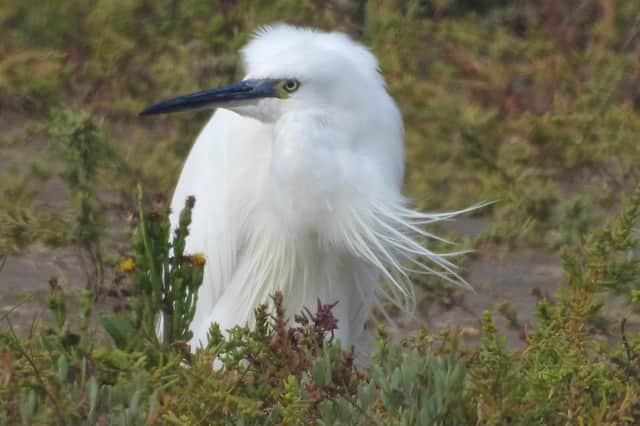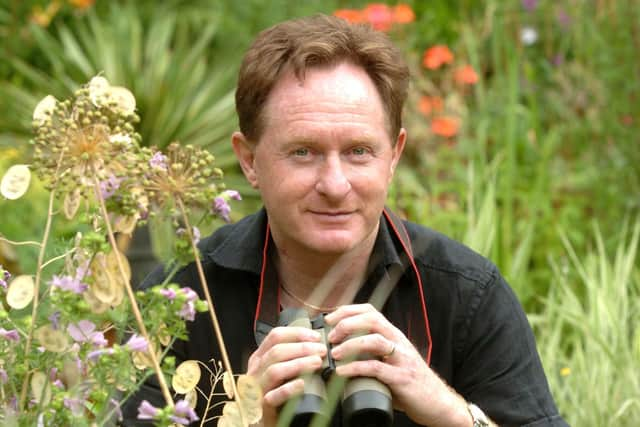White heron is making a welcome return, says Sheffield wildlife expert


This is the ‘little egret’, a cousin of our familiar grey heron.
They became extinct in England in the 1600s due to a mix of habitat loss, perhaps the so-called ‘Little Ice Age’ cold period – and because we ate them.
Advertisement
Hide AdAdvertisement
Hide AdEgrets were popular in the menus for great feasts in medieval times and the great and the good just loved them.


In the 1460s, the feast for the enthronement for the Archbishop Neville at York involved 1,000 ‘egritts’ along with 400 young herons or ‘hernshawes’.
Then, throughout the 1700s and 1800s, there was a boom in the European millinery trade with feather of egrets and similar species taken in vast numbers to ornament the hats of fashionable ladies.
By 1920, in India for example, an ounce of feathers was worth between 10 and 28 times the value of the same weight of silver; about £15 an ounce or about £1,200 at today’s prices!
Advertisement
Hide AdAdvertisement
Hide AdWith rising trade, decreasing habitat due to drainage, and declining bird populations because of hunting, there was even a move to developing egret farms with birds kept in pens of up to 60 pairs at a time.
Each pair might then produce up to five broods per year.
However, the main source of feathers was still from wild birds, with somewhere between five million and 200 million birds per year, with for example, 750,000 egret skins sold in the London markets in just the first quarter of 1885.
In 1887, a single London dealer handled more than two million skins.
Eventually, campaigns by the fledgling Royal Society for the Protection of Birds led to the suppression of this horrific industry, the birds eventually being protected by the 1920s.
Advertisement
Hide AdAdvertisement
Hide AdThe egret’s recovery is one of the great success stories of nature conservation through protection, habitat creation, and probably helped by climate change.
The modern re-colonisation across Europe began in the 1950s and they had arrived back in Britain by the 1990s.
See ukeconet.org